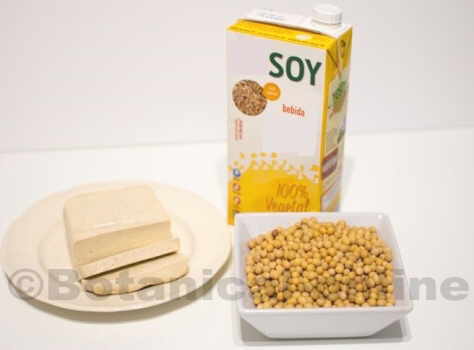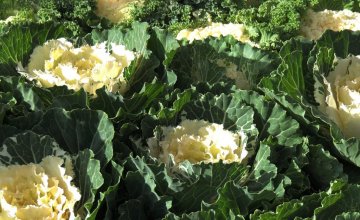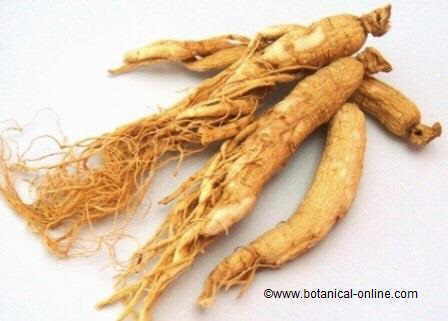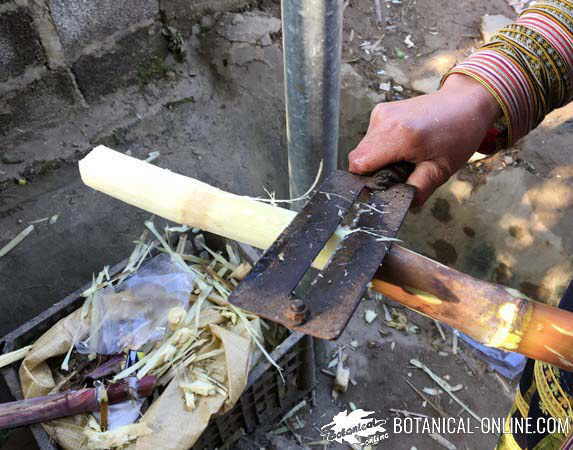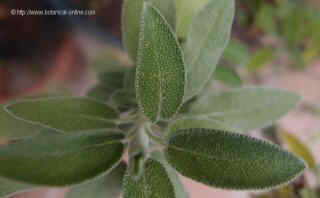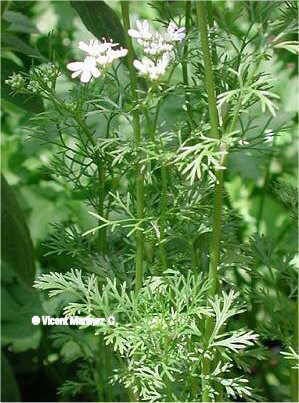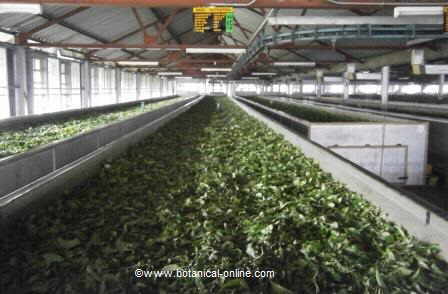Contents
- 1 Characteristics and benefits of red meat
- 1.1 CHARACTERISTICS OF RED MEAT
- 1.2 What is red meat?
- 1.3 Properties of red meat
- 1.4 What type of fat does red meat have?
- 1.5 What important nutrients does red meat have?
- 1.6 Does meat have carbohydrates?
- 1.7 Vitamins and minerals provided by red meat
- 1.8 Which nutrient DOES NOT have red meat and is it important to consume?
- 1.9 Problems with red meat
- 1.10 Processed white meat (sausages, hamburgers, …)
- 1.11 Red meat for gout
- 1.12 Red meat does not contain as much fat as processed meat
- 1.13 Ecological impact of red meat
- 1.14 Comparison between the composition of red and white meat
- 1.15 Do meats contain hormones and toxins?
- 1.16 News about cancer and red meat
Characteristics and benefits of red meat
CHARACTERISTICS OF RED MEAT
What is red meat?
Red meat is one that comes from mammals, such as veal, pork, lamb, horse or goat.
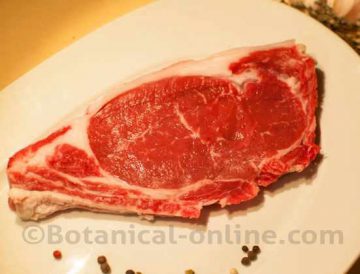
Photo of red meat. As the name suggests, this meat is very red before cooking, and this is because it has a higher iron content. (Its main difference with white meat)
As an exception, rabbit meat is excluded (rabbit is a mammal, but rabbit meat is low in iron) and lean pork parts, like the spine, because they have a similar nutritional composition to white meat
* Related: Is pork meat white meat?
Properties of red meat
Like all types of meat, red meat is rich in protein. They contain proteins because it is the muscle tissue (muscle) of animals, which is rich in collagen, muscle tissue fibers, tendons, and connective tissue.
Being a source of protein of animal origin, it provides proteins of high biological value, that is to say, that it does not present deficiencies of amino acids, as some vegetable foods do. Generally, proteins of animal origin are more bioavailable and therefore are better assimilated than proteins of vegetable origin, originating from cereals or nuts. This is due to the fact that the meat has a very high contribution in proteins, it does not have limiting amino acids nor does it contain antinutrients that hinder the assimilation of proteins.
What type of fat does red meat have?
The fat content of red meat can vary greatly depending on the part of the animal that is analyzed, from 5% in pork loin to 20% in fat present in pork ribs. The type of fat that the meat contains is mainly monounsaturated, it also has a high percentage of saturated fat and cholesterol.
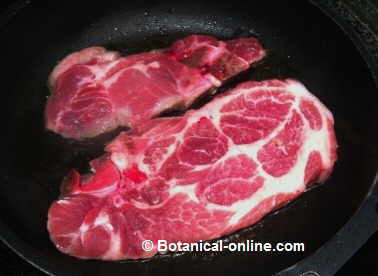
Photo of red meat. Some parts are very greasy
Due to different reasons, it is recommended to remove the visible fat from meat, which is where the cholesterol and toxins of the animal accumulate the most, especially if it is not known how it has been bred.
Also, removing visible fat is a way to lower calories and avoid ingesting fats that are not very healthy either. It is preferable to increase the consumption of other healthier fats, such as flax seeds, walnuts, avocado or chia.
It is also true that in the meats of grass animals the fats can present a healthier profile, since they are rich in essential fatty acids omega 3 and omega 6.
What important nutrients does red meat have?
Moreover, animal fats in moderation provide important nutrients such as fat soluble vitamins, necessary and essential for metabolism, such as vitamin A, D, E and K. These vitamins are necessary for healthy vision, functions on the metabolism of calcium, for the good condition of the skin, to allow blood coagulation, etc.
Does meat have carbohydrates?
Meat is a very bad source of carbohydrates, it contains between 0 and 2%. Practically the meats do not contain carbohydrates.
Vitamins and minerals provided by red meat
Meat is rich in vitamin B. Both white and red meat are one of the foods richest in vitamin B, especially in terms of its content in niacin (vitamin B3) and in cobalamin (vitamin B12). B vitamins have many functions in the body as they are involved in almost all metabolic processes. They are necessary to have energy and in the case of vitamin B12, it is important to avoid anemia, along with the supply of iron..
Which nutrient DOES NOT have red meat and is it important to consume?
Meat is deficient in folic acid or vitamin B9, which is found in large quantities in foods of plant origin such as lentils, beans, chickpeas, sunflower seeds, green asparagus, avocados, almonds, or in broccoliHigh iron content of red meat
Red meat is very rich in iron, which is also more assimilable than the iron provided by products of vegetable origin. Meats are also a good source of zinc, necessary for growth and fertility.
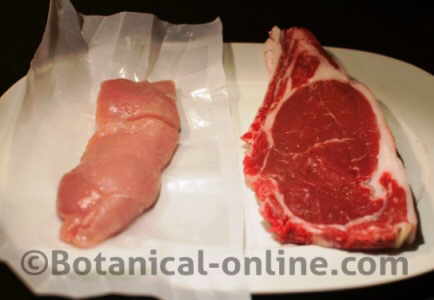
Differences between red meat and white meat
Problems with red meat
In case of problems of high cholesterol, obesity, diabetes or heart disease, it is recommended to avoid or reduce the consumption of red meat and increase the consumption of other foods rich in proteins such as legumes.
According to the studies, it has been observed that consuming a lot of red meat usually implies a higher risk of certain diseases.
Therefore, the recommendation that is usually given to people who eat meat is to consume more legumes, fish, eggs and white meat, and reduce red meat.
Processed white meat (sausages, hamburgers, …)
Because it has been seen that red meat in excess can be harmful, in recent times many industrial products have been prepared with chicken or turkey meat such as cold meats, hamburgers or sausages.
But these processed meats, although they come from white meat, are not healthy due to their high content of additives (nitrites and nitrates) and salt. A direct relationship between the consumption of processed meats and the increase of certain types of cancer has been demonstrated (Problems of processed meat).
Red meat for gout
Red meat is also the food that presents more purines and for this reason should be avoided in case of gout, hyperuricemia, fatty liver and obesity.
Red meat does not contain as much fat as processed meat
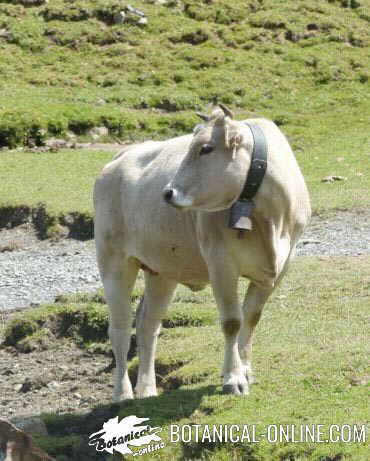
Photo of cow grazing. Grass animals have a better quality of meat than those of fattening animals that are raised to grow in a short time
Although red meat may have more fat than other types of meat, it is not comparable to the amount of fat that processed meats provide, such as sausage, cold cuts, hamburgers or patés.
The fat content in processed meat is much higher than the fat provided by red meat (close to 60% in products such as chorizo).
That is to say, that in the sausage or industrial turkey or chicken burgers, although they are white meat, due to their processing, they may contain more fat than red meat (in addition to the additives such as nitrites and excess salt of the processed meat).
Ecological impact of red meat
Red meat, especially veal, consumes many resources and generates a lot of waste for the environment. The advisable thing would be to reduce the consumption of this type of animal, that require of great amount of grains, soybean, and pasture to be fed. This amount of food can supply much more population than the consumption of the animal’s own meat.
Comparison between the composition of red and white meat
All food composition tables vary slightly from one to the other. The following table shows the composition of chicken meat and veal fillet:
| Nutritional composition of meat per 100g | ||
|---|---|---|
| Nutrient | Chicken without skin | Fillet beef |
| Calories (Kcal) | 151 | 117 |
| Carbohydrates (g) | 0 | 0 |
| Proteins (g) | 20,54 | 23,07 |
| Fats (g) | 1,17 | 2,69 |
| Fiber (g) | 0 | 0 |
| Iron (mg) | 0,45 | 1,85 |
| Calcium (mg) | 5 | 9 |
| Zinc (mg) | 0,9 | 3,61 |
| Phosphorus (mg) | 258 | 212 |
| Potassium (mg) | 391 | 342 |
| Sodium (mg) | 52 | 55 |
| Thiamin (vitamin B1) (mg) | 0,11 | 0,05 |
| Riboflavin (vitamin B2) (mg) | 0,21 | 0,12 |
| Niacin (vitamin B3) (mg) | 12,13 | 6,73 |
| Pyridoxine (vitamina B6) (mg) | 1,57 | 0,65 |
| Vitamin B12 (mcg) | 0,21 | 1,27 |
| Vitamin D (UI) | 1 | – |
| Cholesterol (mg) | 104 | 55 |
*Caption:
![]() = This indicates high content in this nutrient
= This indicates high content in this nutrient
![]() = Foods of animal origin do not contain fiber (of vegetable origin). It is recommended to combine these foods with vegetables and fruits.
= Foods of animal origin do not contain fiber (of vegetable origin). It is recommended to combine these foods with vegetables and fruits.
Do meats contain hormones and toxins?
Animals bioaccumulate substances in their fats, such as heavy metals, drug residues, pesticides and hormones. Many people think that after these components are ingested in the diet through meat.
![]()
Photo of bacon. Eating processed meats regularly is associated with an increased risk of cancer
This is partially true: the analyzes show that in meat that is marketed, these substances are kept under parameters that are considered to be safe, regulated by legislation. Therefore, it is true that animal fat contains certain quantities of these substances, although in quantities that health organizations do not consider harmful.
In the United States the use of growth hormones is allowed and these components can be found in the meats, producing a weight gain of the animals due to the steroids administered (they increase the retention of water), but the use of these hormones is not allows in Europe.
News about cancer and red meat
In October 2015, a WHO communiqué through its agency International Agency of Research on Cancer (IARC) classified processed meat as carcinogenic, and placed red meat as a possible food related to cancer.
In what has been shown a direct relationship between the consumption of processed meats and cancer. Processed meat can be either red meat or white meat: chicken or pork sausages, turkey burgers, veal, etc., frankfurters, sausages, pâtés, cold meats, etc.
![]() More information on nutrition.
More information on nutrition.

